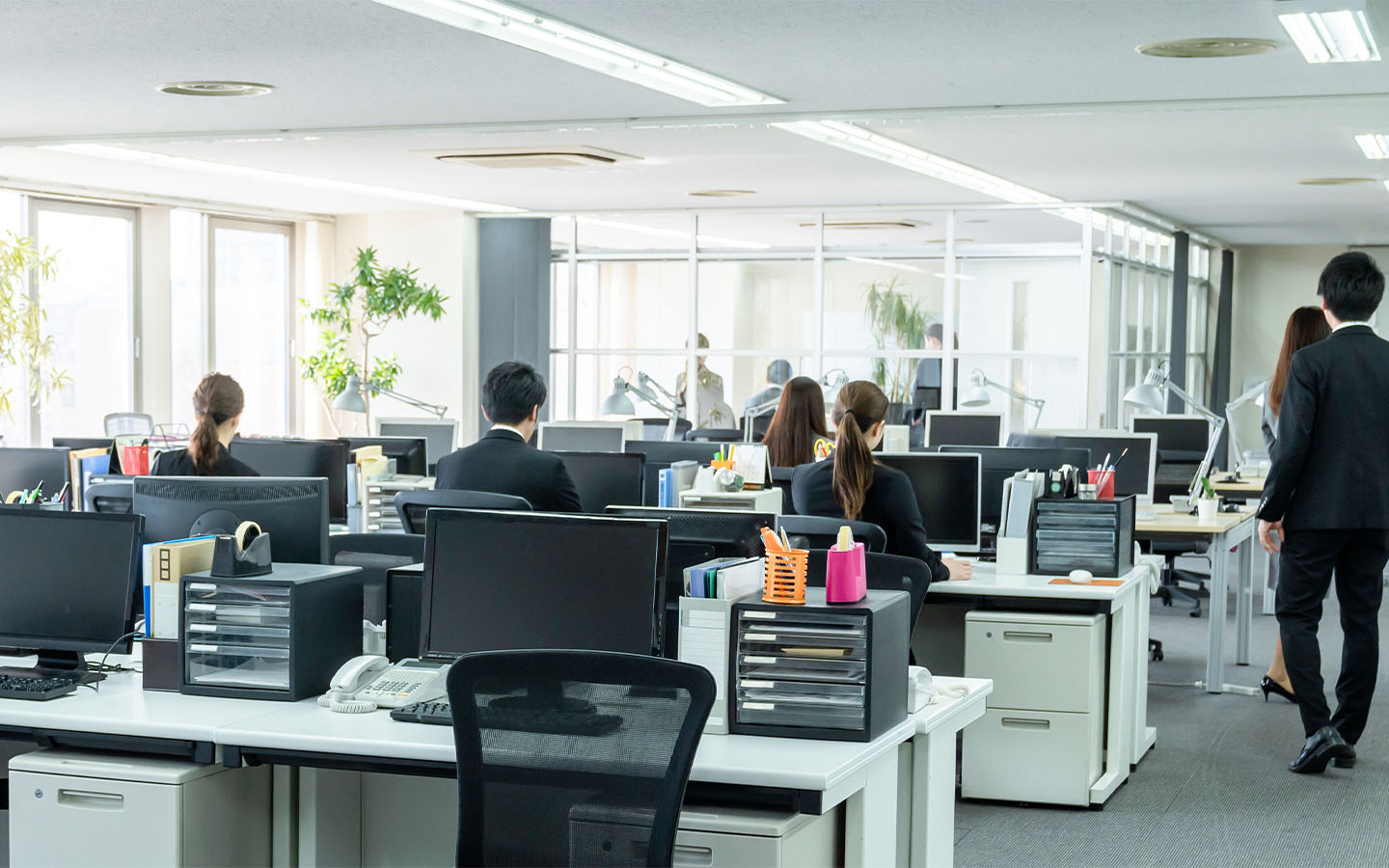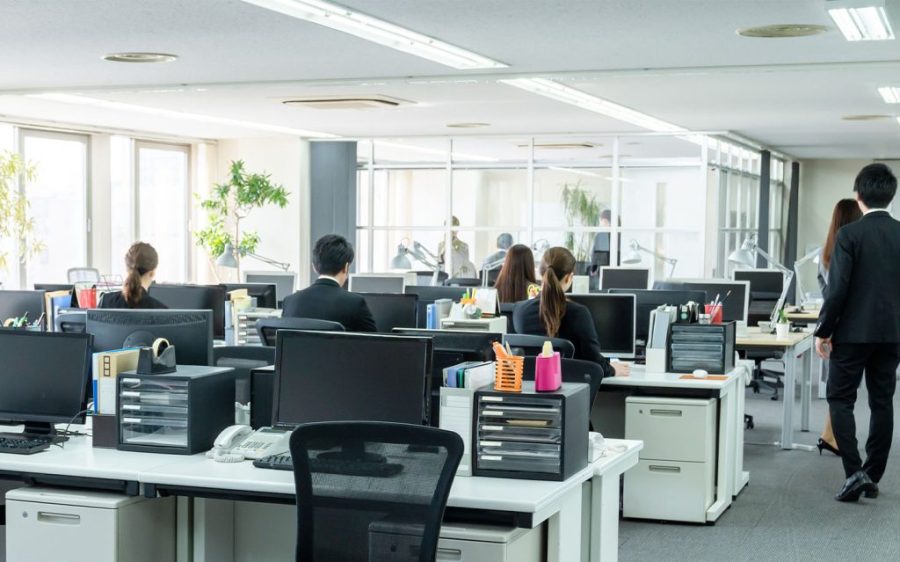Global employment website Indeed has found that just over 1 in 4 (26 percent) of the jobs posted to it in the past year are poised to “radically transform” due to generative AI. The finding was reported by US business broadcaster CNBC.
According to Indeed, white-collar “knowledge” workers face the greatest risk from AI, while hands-on jobs like nursing, manufacturing and construction work have some insulation. The emphasis on physical labour or in-person human interaction in the latter categories is beyond the scope of AI – for now.
Automation came for manufacturing jobs in the US decades ago, hollowing out company towns in what is now known as the Rust Belt. Now, AI – with its ability to create text, images, video, audio, financial analysis, marketing plans, software code and far more – is far more likely to impact jobs in sectors like technology and finance, according to the Indeed report.
A 2023 Pew Research Center study found much the same, singling out “higher-paying fields where a college education and analytical skills can be a plus” as the most exposed to AI. It cited budget analysts, data entry keyers, tax preparers, technical writers and web developers as examples of such jobs.
Pew found that, overall, nearly 1 in 5 American workers in 2022 (19 percent) were in jobs “most exposed to AI,” meaning their most important activities could be replaced or assisted by the technology.
[See more: A sixth of US workers pretend to use AI to keep their bosses happy]
Agentic AI, which incorporates the ability to perform tasks on users’ behalf, much like a human agent, could further shake up the job market.
Olivier Toubia, a professor at Columbia Business School, gave CNBC the example of planning a trip. Where generative AI can create an itinerary, agentic AI could potentially book the trip. That active capability means it could be used to provide services to customers or interact with consumers in call centres. “Any job that has to do with information could be impacted,” he told CNBC.
The big question surrounding AI hinges on whether these advances will displace workers – a potentially catastrophic outcome given how many jobs could be impacted – or simply supplement workers.
So far, most companies are adopting the latter approach, balancing efficiency gains with human oversight. A few have replaced workers en masse, despite numerous tests and real-life examples pointing to serious vulnerabilities in deploying AI across the economy.






